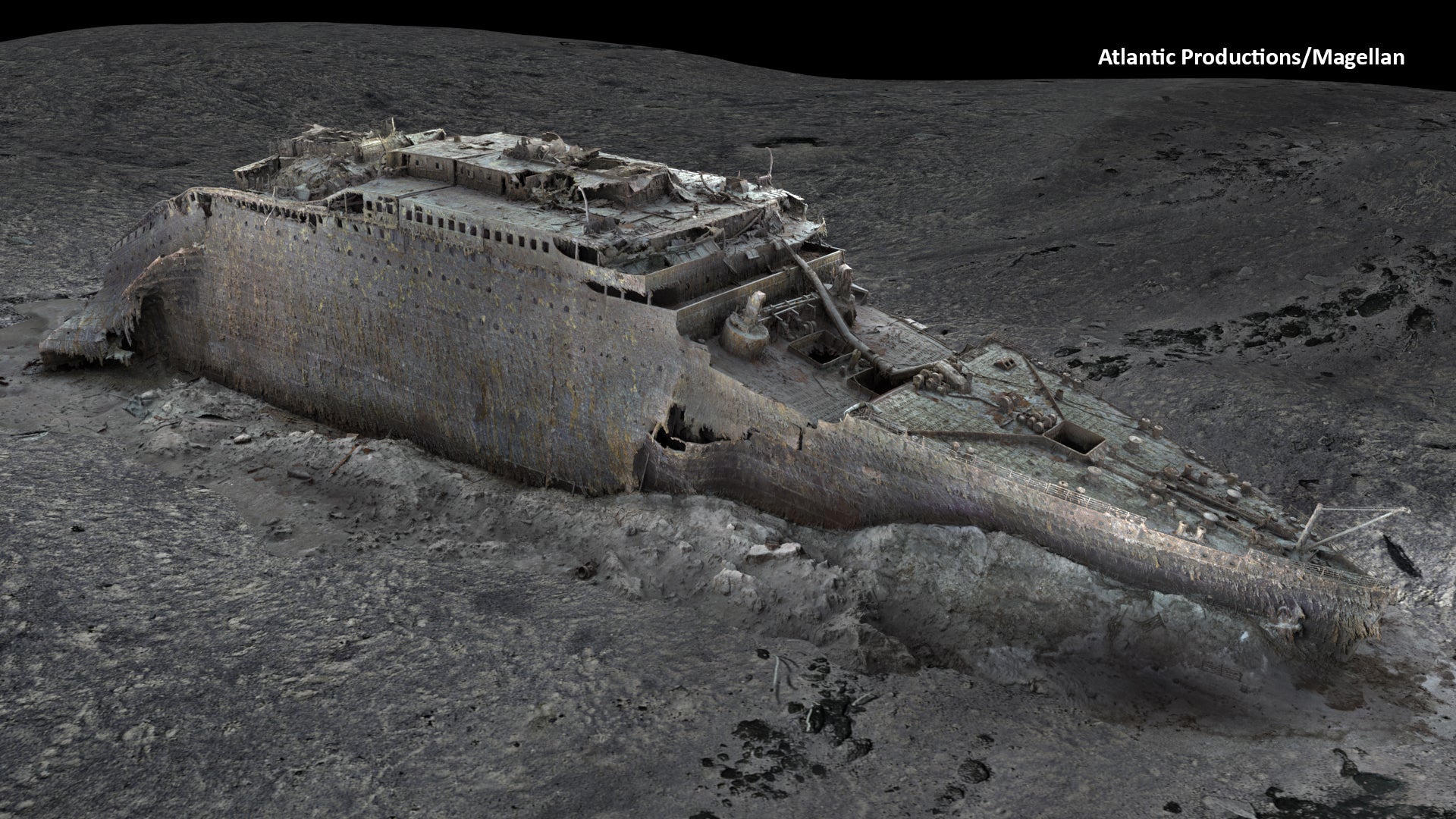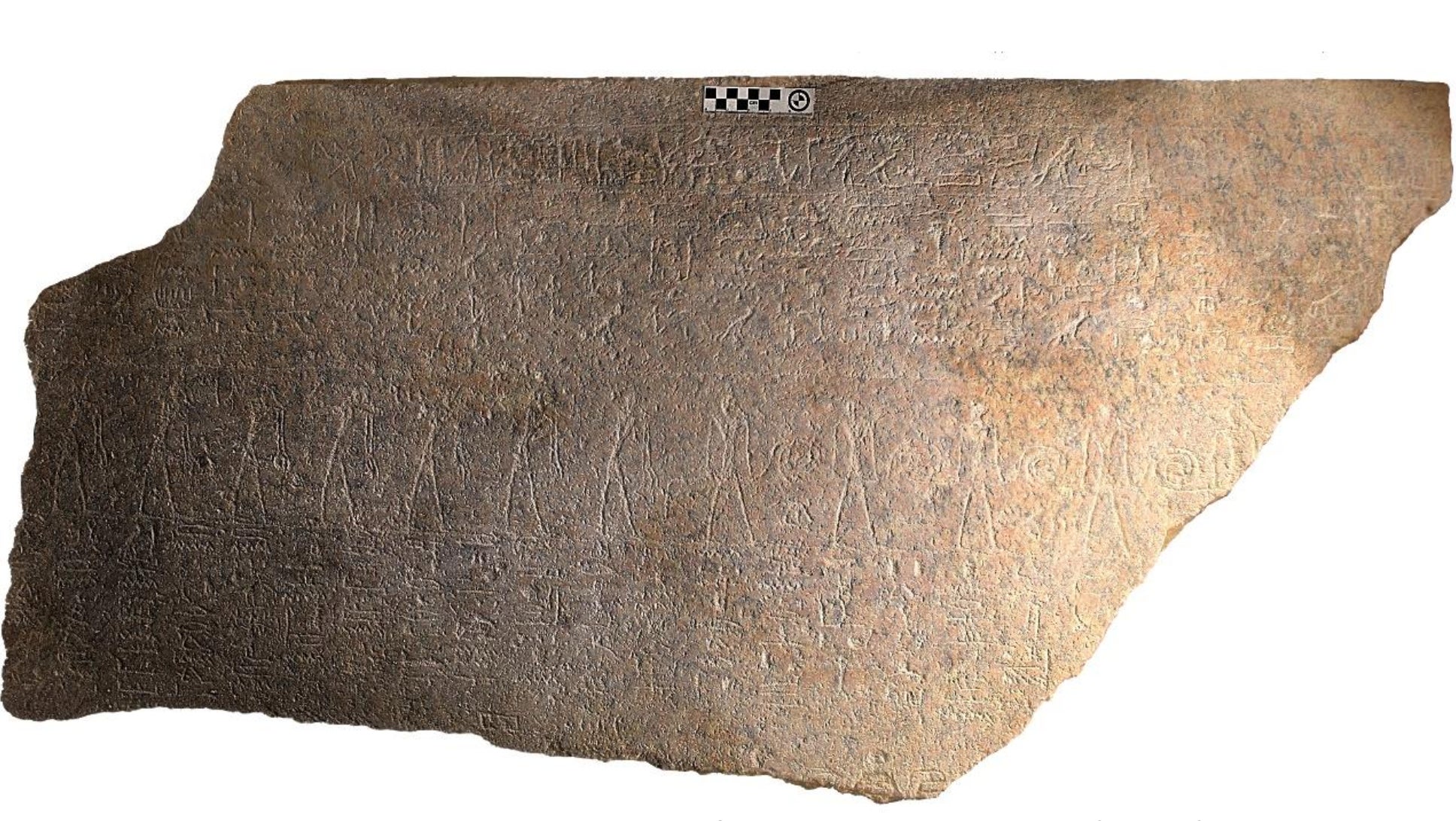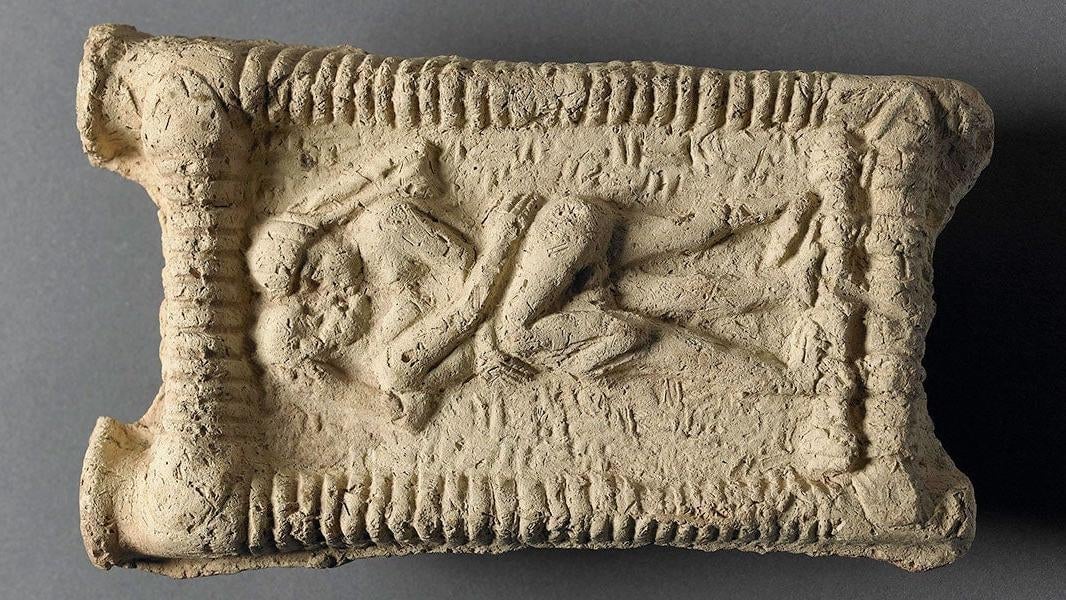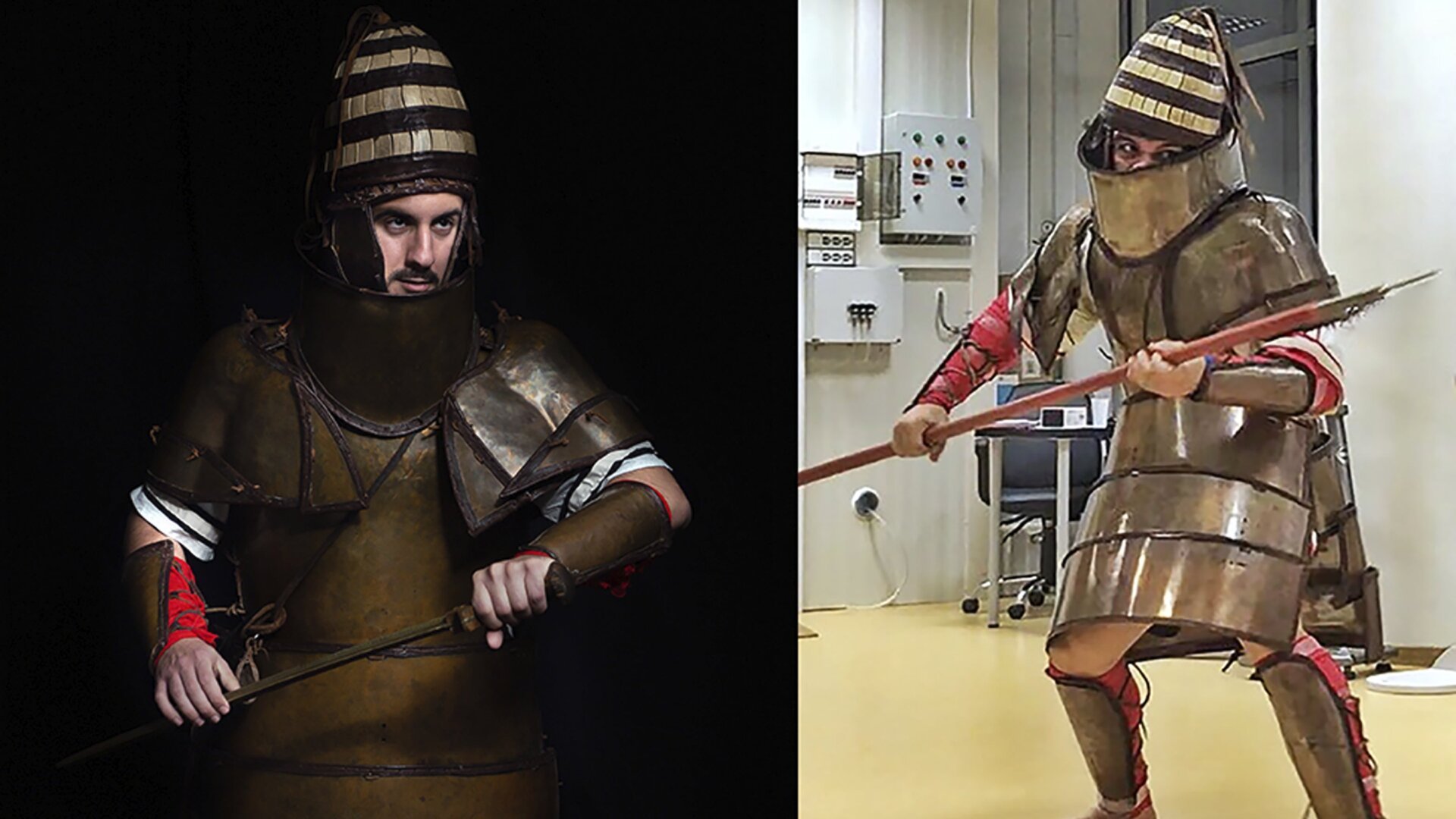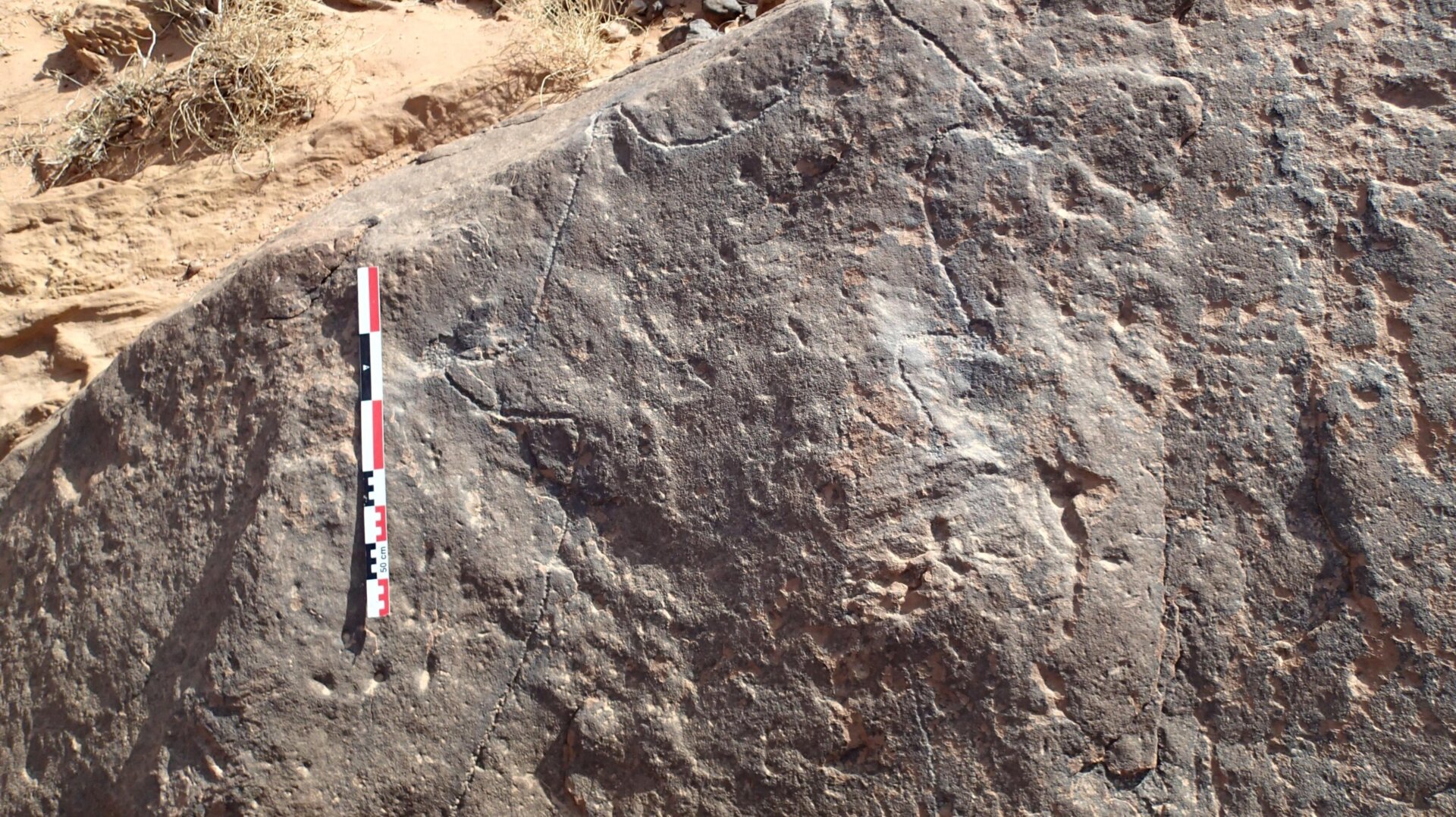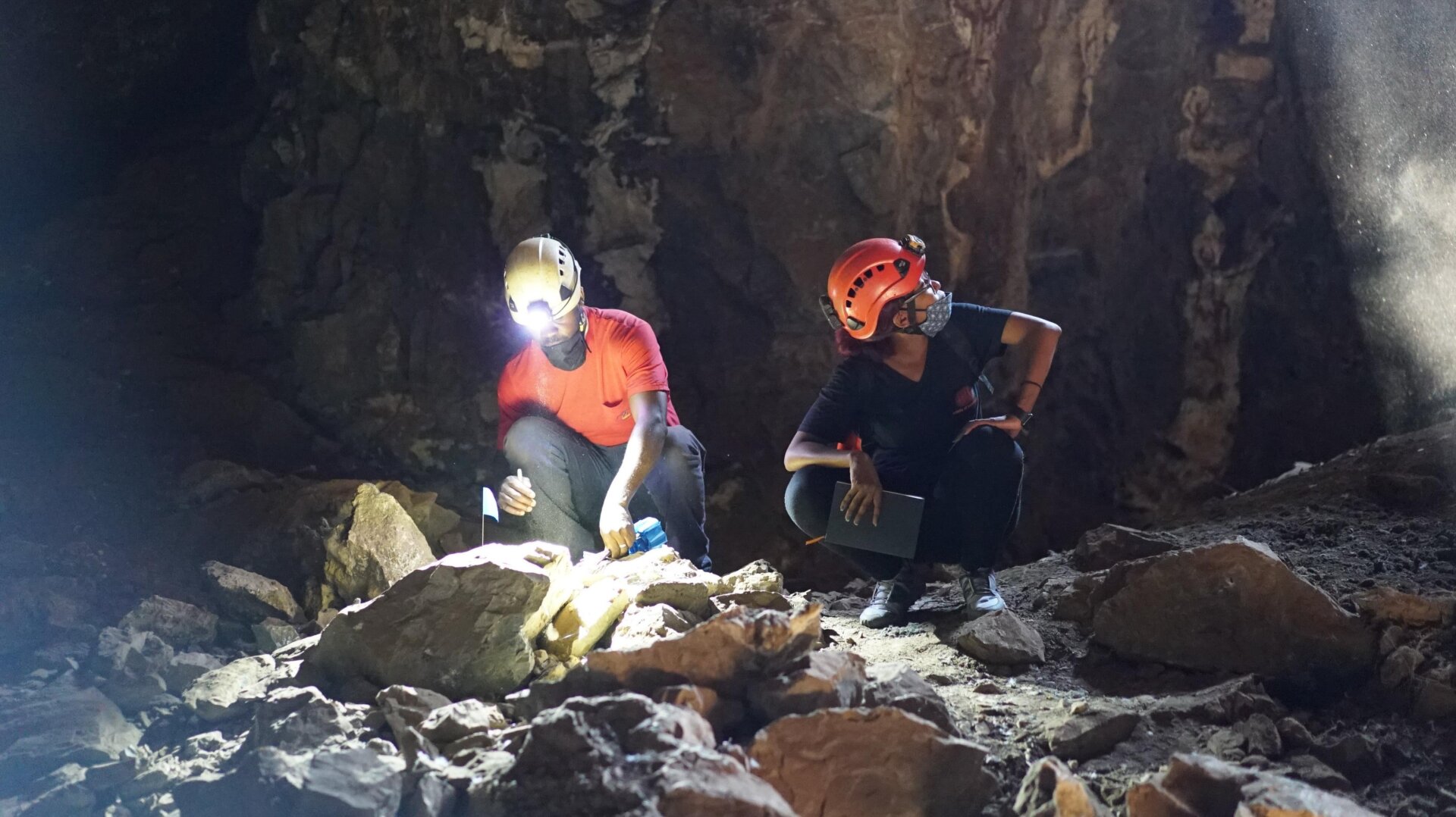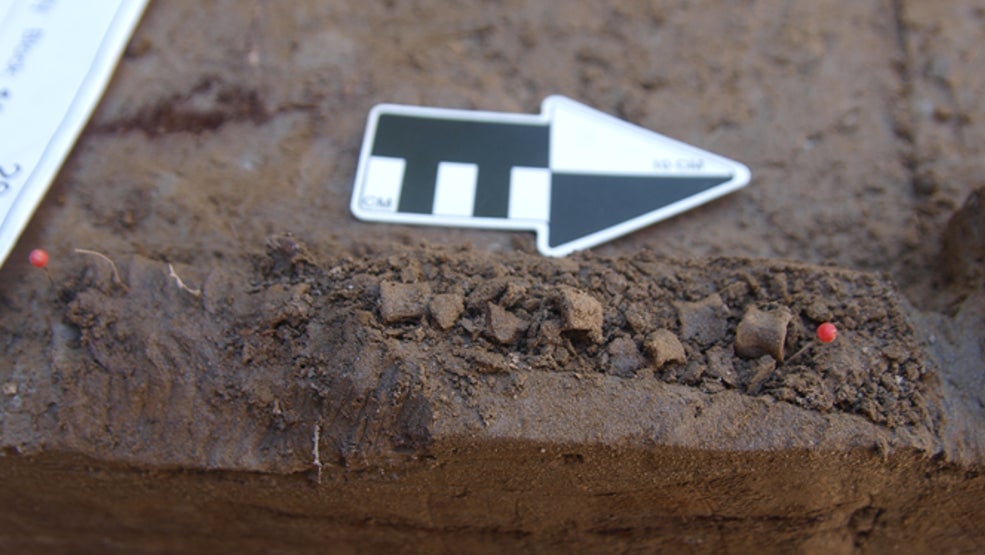Researchers have virtually opened six remarkably preserved Egyptian animal coffins, sealed for approximately 2,500 years, using cutting-edge neutron tomography. This innovative imaging technique has unveiled lizard remains, textiles possibly used for wrapping, and lead, potentially imbued with magical significance. The findings, published in Scientific Reports, offer unique insights into ancient Egyptian mummification practices and cultural beliefs.
Previous attempts to peer inside the coffins using X-ray imaging proved unsuccessful. Neutron tomography, however, offered a solution, allowing scientists to visualize the organic materials within while bypassing the limitations posed by X-rays’ interaction with denser elements. “The animal bones are consistent with small lizards extant in North Africa, which are often represented as figured atop the coffins,” explained Daniel O’Flynn, an X-ray imaging scientist at the British Museum and lead author of the study. “This marks the first time sealed boxes like these have been examined with neutrons to confirm the presence of lizard remains inside.”
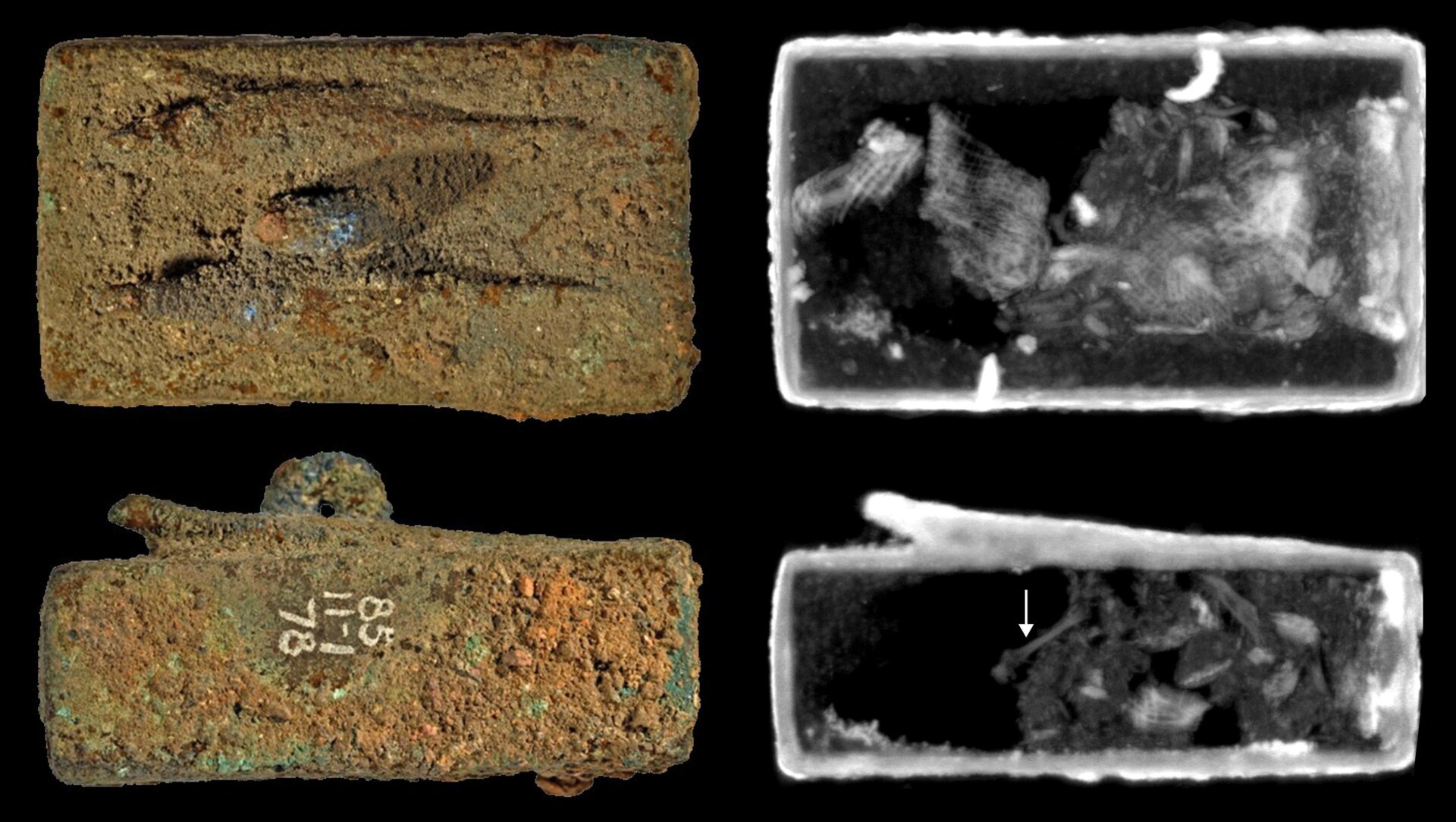 EA27584, decorated with two lizard figures and containing a bone (pointed out bottom right by arrow.)Ancient Egyptian lizard coffin (EA27584) decorated with two lizard figures, with a bone indicated by the arrow at the bottom right. Image: The Trustees of the British Museum
EA27584, decorated with two lizard figures and containing a bone (pointed out bottom right by arrow.)Ancient Egyptian lizard coffin (EA27584) decorated with two lizard figures, with a bone indicated by the arrow at the bottom right. Image: The Trustees of the British Museum
The six miniature coffins, acquired by the British Museum in the late 19th century, originate from various locations: three from the ancient city of Naukratis, two from Tell el-Yehudiyeh, and two with unknown provenance. Crafted from copper, each coffin is adorned with animal figures, including lizards, eels, and cobras, some exhibiting hybrid forms with human heads. Boxes decorated with eels and lizards were particularly associated with Atum, the Egyptian solar and creator deity.
The lizard remains within the coffins were identified as belonging to the Mesalina genus, a group of sand and desert lizards common in North Africa. One specimen was specifically identified as M. rubropunctata, the red-spotted lizard. Interestingly, the lizard figurine atop one votive box displays spots and stripes, characteristic markings of the Mesalina genus.
Three of the boxes also contained lead, which researchers believe was introduced in molten form. A void within the lead in one box suggests that it may have once held another object. “The lead may have served a practical purpose, such as repairs or weight distribution,” O’Flynn noted. “Alternatively, its inclusion could be related to its perceived magical properties in ancient Egypt. Previous research suggests that lead was used in protecting mummified remains, as well as in love charms and curses.”
Six copper alloy votive boxes in the shape of animals.Six copper alloy votive boxes shaped like animals. Image: The Trustees of the British Museum
This study underscores the value of non-invasive scanning techniques like neutron tomography in understanding ancient Egyptian mummification practices and cultural beliefs. By revealing the contents of these sealed coffins, researchers have gained valuable insights into the rituals and symbolism surrounding these small creatures in ancient Egyptian society. The research offers a glimpse into the past, highlighting the significance of lizards in ancient Egyptian religious and cultural practices.
This groundbreaking research adds another layer to our understanding of ancient Egyptian culture and reinforces the importance of scientific advancements in unlocking the secrets of the past. The use of neutron tomography opens up new possibilities for studying similar artifacts, promising further discoveries and a deeper appreciation of ancient civilizations.




